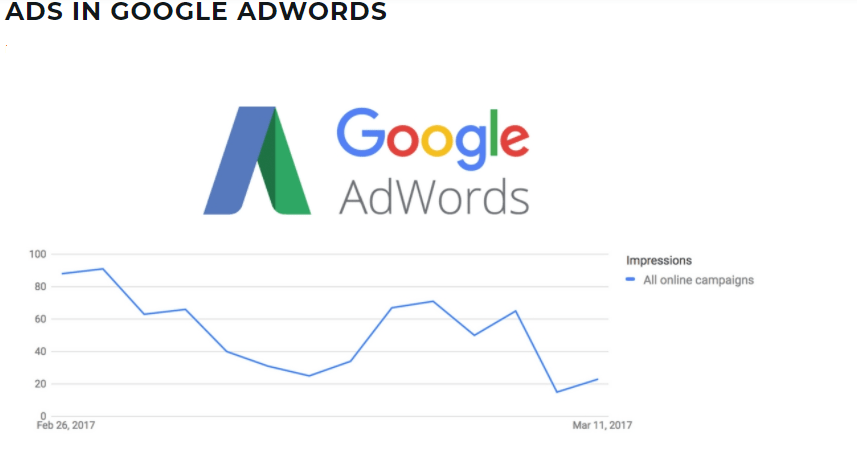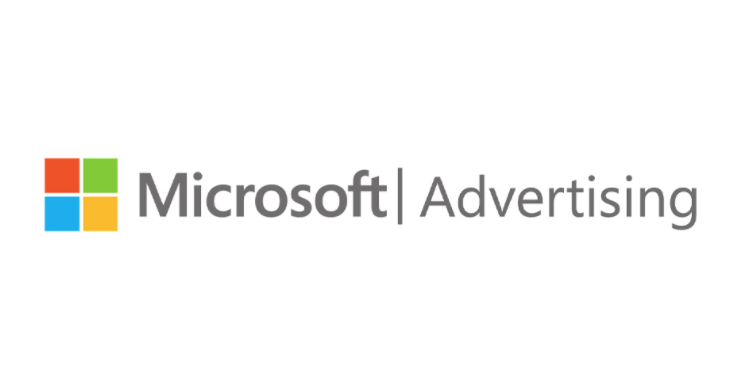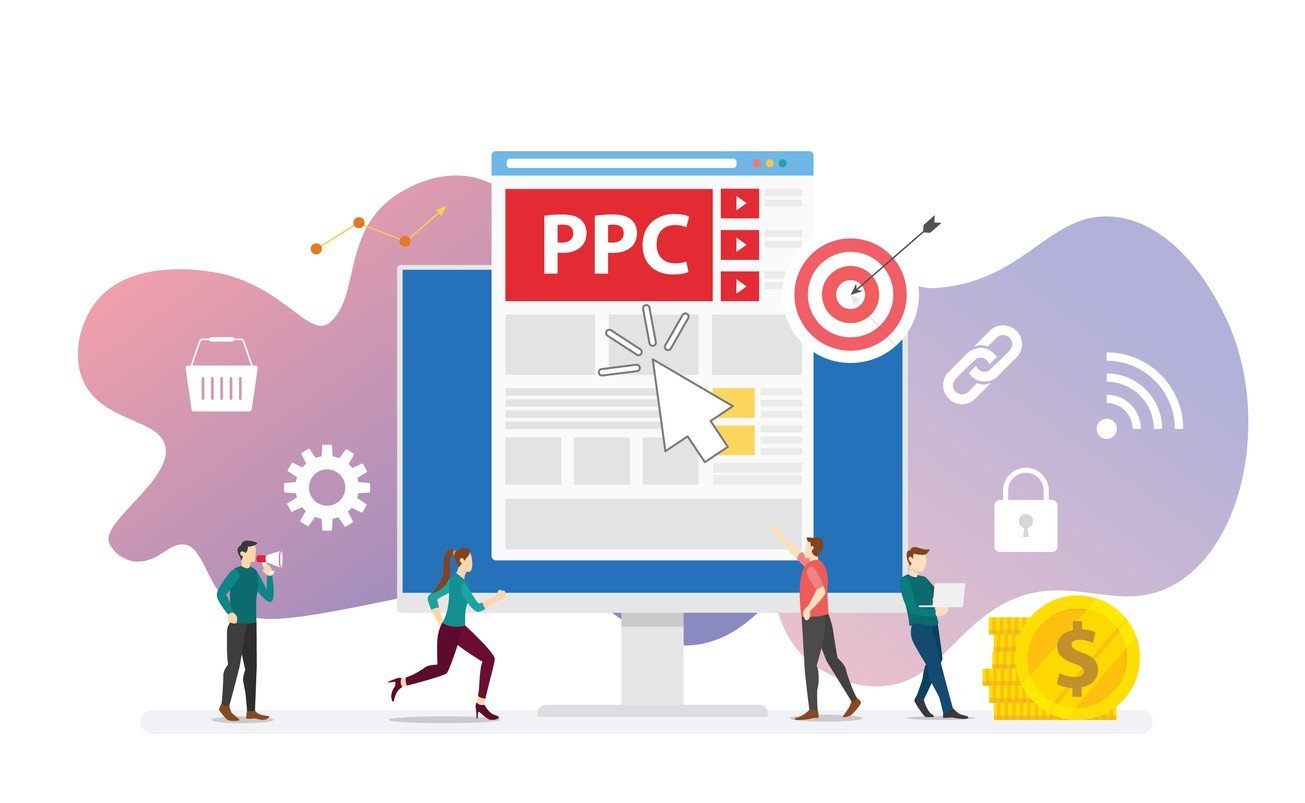You might have wondered if Pay Per Click (PPC) advertising can help your small business. The good news is that virtually any business can benefit from PPC advertising because this form of online marketing allows advertisers to control their budgets and target specific audiences. But what is pay-per-click advertising?
Before you get started with pay per click, there are a few things you should understand about how it works. You will probably also want to familiarize yourself with the terms most commonly used in the PPC world. Read on for an overview of the growing pay-per-click advertising industry and some examples of the best pay-per-click systems.
Table of Contents
What is pay per click?
Pay per click is a form of advertising where you only pay for your ad when someone clicks on it. The link to the ad usually takes users to a landing page on your website, where you then try to sell them something. In a nutshell, pay per click is a way to buy visits to your site instead of waiting for traffic to appear organically.
The reason pay per click is so affordable is that usually only people interested in an ad will click on it. As long as your ad has a compelling headline and your product or service is good value for money, you’ll likely get a decent return on your investment.
How exactly does pay-per-click advertising work?
All types of searches can trigger pay-per-click ads. For example, an ad might appear when you’re traveling and performing a local search on mobile, such as “burger restaurant near me”. But it can also be activated when your request is for something like “tactical gear” that might bring up online stores. Whatever your business, you can use pay-per-click ads to increase traffic to your website.
One of the most popular forms of PPC is search engine marketing. This model allows the placement of ads in the results of a search engine under sponsored links . When a user submits a search query, a complex algorithm determines which ads the platform will display.
For example, if your business sells ski equipment, someone looking for skis, ski poles, or ski boots might search for one of these keyword phrases, and if you’re lucky, your ad may appear at the top. If someone ends up clicking on the ad, they’ll end up on a landing page on your website where you display the relevant items for sale.
But you don’t want clicks that result in visits to your landing page. You want conversions, that is, sales. The key to successful pay-per-click advertising is to keep experimenting with different keywords and campaigns to determine which ones are the most lucrative.
You’ll also want to grow your business over time by continually reaching new audiences. The great thing about PPC is that you can start small, reinvesting only a small percentage of your profits until you see that your ads are generating income from the resulting sales of your goods or services.
While there are slight differences between the platforms, the most commonly used PPC systems allow you to set a limit on your payments so that, rather than racking up a large bill, the ads simply stop once you have reached your payment threshold.
Examples of PPC systems
The main PPC platforms are Google Ads, Microsoft Advertising, and Facebook Ads.
Let’s discuss the specifics of each of these systems.
Google Ads (formerly Google AdWords)

Chances are, when you think of pay per click, you think of Google Ads. Google Ads is the main platform that offers this functionality. In fact, it is by far the most popular PPC advertising system in the world. PPC marketing on Google is particularly effective since Google makes an average of around 63,000 search queries per second every day. However, placing an ad through Google does not guarantee success. Where Google chooses to place your ad will determine its effectiveness. Here are some of the factors that determine how well Google promotes your ad:
- The relevance of your keywords
- Make your ad unique and engaging
- The Google ranking of your landing page
- The quality score of your PPC ad with Google
There isn’t a lot of risk in trying Google Ads, because you decide how much money you spend on it initially. You’ll fill out a self-explanatory form, set a small budget for your first ad campaign, and see what happens.
Microsoft Advertising (formerly Bing Ads)

Another popular PPC system is Microsoft Advertising. Like Google Ads, Microsoft Advertising is easy to set up and lets you start small. If you’re wondering whether you should try Microsoft Advertising or Google Ads, the answer is both.
Since Google generates more traffic than Microsoft’s Bing, you will have less competition when you advertise through Microsoft. The impact of this on click-through rates and conversions will depend on the keywords you are targeting. Try both systems to see if one is more effective than the other, but there’s a good chance you’ll get results from both.
What is pay per click on Facebook?
Another way to experience PPC advertising is to post paid ads on Facebook. Keep in mind that Facebook ads do not work the same way as other pay per click programs. Instead of showing ads in response to keyword searches, Facebook serves ads to the News Feeds of people who meet your criteria when you’ve selected an audience for the post.
This system is unique in that it allows you to offer your products or services to people who are not necessarily looking for them. For example, if your business is a fishing guide service, you may choose to target people in your geographic area who have listed fishing as one of their “likes”.
Council pro: on advertising on Facebook, the more your ads are targeted, the better. Make sure your selected audience is not too large.
Why use pay-per-click advertising?
Pay-per-click advertising offers several advantages over other forms of marketing. One of the benefits of using PPC is that you only accumulate costs when someone clicks on your ad. This makes it a very profitable advertising method.
Additionally, PPC allows you to advertise to a much smaller audience than traditional advertising. And PPC is also great for businesses of all sizes because you can spend as much or as little as you wan
As is the case with any form of advertising, when done right, PPC pays for itself. For example, you may end up paying $ 2 per click for your ad, but after just three clicks, if someone makes a purchase of $ 200, you will have spent six dollars to earn $ 200.
Common Pay Per Click Terms and Their Definitions in the Context of PPC
Before signing up for pay-per-click advertising on one or more of the platforms we’ve mentioned, you may want to familiarize yourself with the following terms:
- Audiences: These are the groups of people who see the ads.
- Keywords: Any word or phrase that a user can search for that describes a product or service.
- Negative keywords: These are terms that prevent people from showing your ad in search results. For example, if your products are never free, you can select the word “free” as one of your negative keywords.
- Ad Copy: This is the wording of an ad, which typically includes targeted keywords, blurb about your product or service, and a call to action.
- Landing page: This is where users will end up when they click the link in a pay-per-click ad. This is usually a page on an advertiser’s website. click here to learn more about landing pages.
- Conversion: This is the end goal of PPC advertising - a sale resulting from the ad.
The Bottom Line- PPC
Pay per click is a convenient and affordable advertising option for virtually any business. PPC is very effective because it harnesses the power of search engines and social media to drive targeted traffic to your website. It also allows you to start small and increase your advertising budget as your business grows and your profits increase.
Now that you have an overview of PPC and understand its benefits, maybe it’s time to start using pay-per-click as part of your digital marketing efforts. Whichever pay-per-click system you use, you will be guided step by step through the process and provide you with statistics on the performance of your advertising campaigns. PPC programs are generally very user-friendly, so give them a try.
And if you have a Constant Contact account, we have an email marketing tool that can be used in conjunction with PPC to make it easier to create and launch your PPC ads.
If You really find this content useful. Don’t forget to share and leave comments. Thank You




2 Comments